Each Day Observing in the Hospital
In my previous blogs, I focused on describing some of the highlights of my week to help you get a general idea of what I have been learning each week. In this blog, I want to outline what I do in the hospital every day so that you can get a slightly more detailed picture of my time in the Santhiram General Hospital.
Monday:
On Monday, I was assigned to the radiology department. After talking with the head of the department (HOD), we decided that it would be best if I observe MRI and CT scans on the first day and observe ultrasound scans on the second day. After going to the room with the MRI and CT scan machines, I introduced myself to the nurses, a radiologist, PG students, and a typist, and I asked them any questions that I had throughout the day. I saw a few scans in the morning and the afternoon, and I became more familiar with the procedure for scanning a patient.
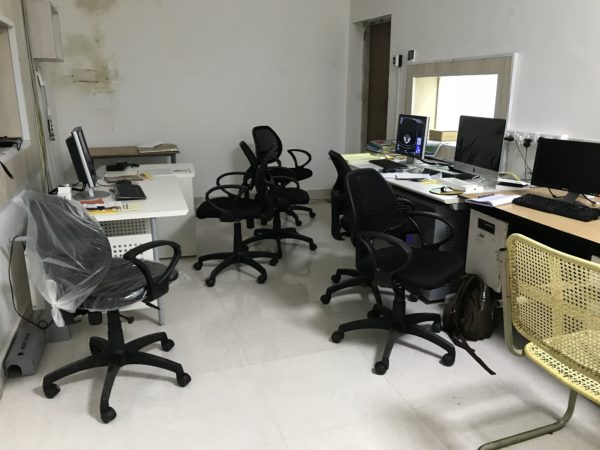
This is the MRI and CT scan room. Both the imaging and the readings of scans takes place in this room.
The Magnetic Resonance Imaging (MRI) machine is the most expensive equipment at Santhiram General Hospital, according to one of the doctors; it cost over six crores in Indian rupees (around one million dollars). The machine was set up in the hospital three months ago along with a CT scan machine. I was told that each MRI costs anywhere between 3000 to 5000 rupees. Patients who come in for a scan are not only patients who are referred for a scan from the doctors in Santhiram, but they are also patients who come in after seeing a doctor outside of Santhiram.
Tuesday:
On Tuesday, I talked with the HOD for a little while and went to the room with the ultrasound machines. There, I introduced myself to the nurses and the PG students, and I learned the basics of an ultrasound machine. The patients who I saw had problems that ranged from swelling of legs to ovarian cancer to fatty liver to cirrhosis of liver. Almost all of the scans were taken on patients with full bladders because this allows the structures to be seen more clearly so that issues can be identified more accurately. Two of the PG students in this department were especially helpful; they taught me how to distinguish between fractures and blur in X-rays, showed me different structures in ultrasound scans, and told me about the patients and common diagnoses. On average, around 70 to 90 patients come in for an ultrasound every day; this includes pregnant women who come in for check-ups through the OBG department.
In the afternoon, I went to the X-ray room and learned about the different positions in which to take X-rays so that relevant structures can be seen properly. Most of the X-rays I saw were chest X-rays. One of the chest X-rays was done on a child who showed signs of rickets; this chest X-ray was done with the child laying down because the child was too small to stand up against the vertical chest X-ray machine.
Wednesday:
On Wednesday, I went to the obstetrics and gynecology (OBG) department. I didn’t need to introduce myself to anyone because I already met the gynecologist who was in the outpatient (OP) room that day. One of the first things I learned is that height is particularly important in obstetrics because those with short stature have a narrow pelvis, which calls for a change in plan for delivery. I also learned how to check the fundal height, which allows us to figure out how many weeks a women is pregnant based on how high her baby bump is after a certain point in her pregnancy; it’s actually very easy, and it’s used frequently because many pregnant women who come to Santhiram don’t know exactly when their last menstrual period was. Then, I got to listen to the fetal heartbeat, understand how to determine weeks of pregnancy based on the woman’s last menstrual period, and discuss common complications seen in pregnant women. The gynecologist said that if only one test can be given to a pregnant woman, she should get the targeted imaging for fetal anomalies (TIFFA) because that would help determine if the child might be born with any birth defects.
Thursday:
On Thursday, I went to the operation theater and watched two cesarean sections. One was done primarily by a gynecologist and another was done primarily by a PG student. The operation that was done by the gynecologist took around 50 minutes while the operation done by the PG student took almost twice as long. I noticed that especially for surgery, practice, experience, and learning from mistakes are very important. After seeing the surgeries, I attended a seminar related to OBG and went to the OP room for a few hours. One particular conversation in the OP room stood out to me; a pregnant woman who was underweight was discussing complications with her doctor, and she mentioned that the reason she got pregnant despite being at risk of death herself is that she wants a boy. Feticide had become such a problem in India that it is actually illegal now for a doctor to reveal the gender before birth.
Friday:
I spent my Friday in the general surgery outpatient room. There are two OP rooms in the general surgery department. In the morning, I sat in a room with only a general surgeon and a house surgeon. There were a lot more patients in the morning than in the afternoon, and since there were only two other people in the room, I was able to learn about each patient and each condition in greater depth. Just by chance, several patients who came in during my time in the department had bumps that were increasing in size. These patients were asked to get tests that would determine whether or not these bumps are signs of cancer. According to the doctor and the PG student, the most common conditions that they see are appendicitis and inguinal hernia. Other conditions include hydrocele, ulcer, cellulitis, abscess, and fistula. In the afternoon, I observed in another room that had a different general surgeon along with many PG students and house surgeons. Since there weren’t a lot of patients, I also went to the casualty with a house surgeon to check on treatments of a patient who was diagnosed with kidney stones.
So, that was my week! I am still working on preparing the book; I have been talking with a few members of Bharosa to get their statements for the book. I will let you know when the final draft is ready to be published. Until next week!

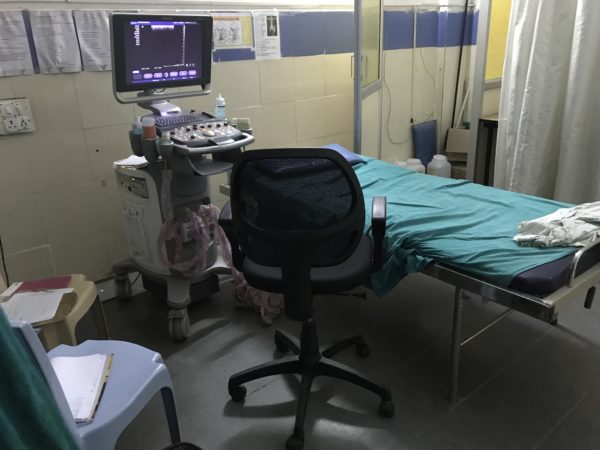
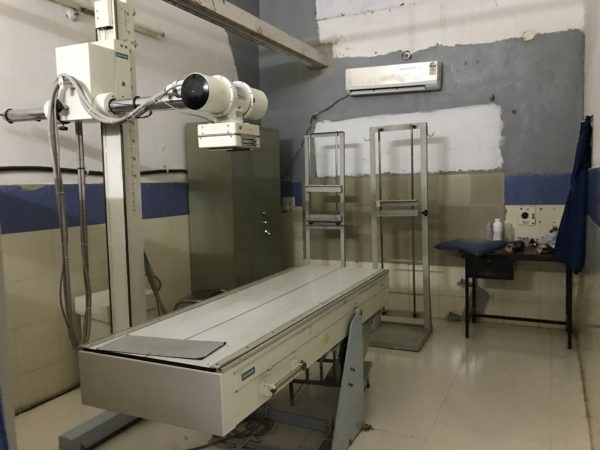
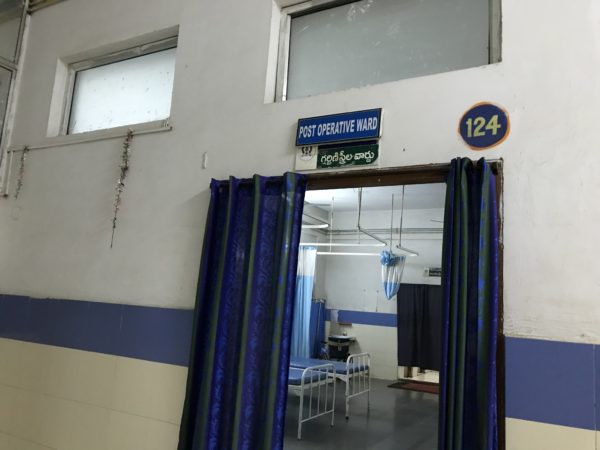
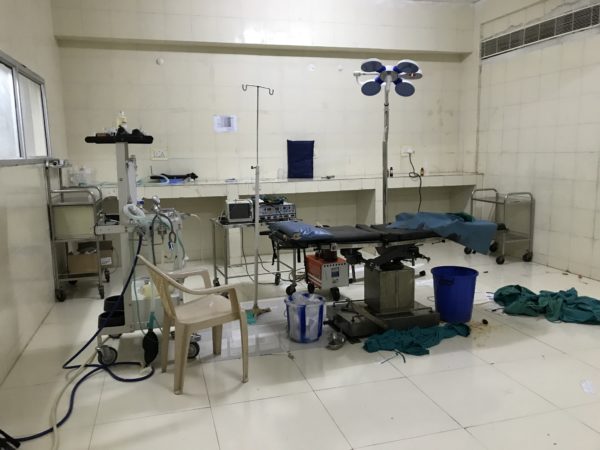
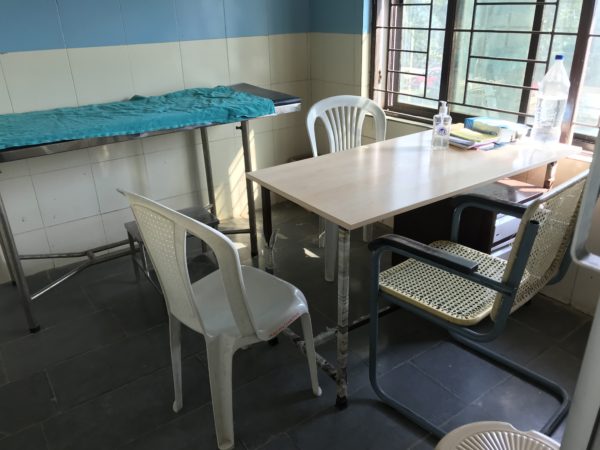

No comments.
Comments are currently closed. Comments are closed on all posts older than one year, and for those in our archive.